Scars can be lumpy or scars can be dented or puckered in.
Lumpy scars
Scars are often raised and firm to start off with and then soften and flatten over time. However, some scars remain lumpy or take longer than normal to flatten.
Scars that remain lumpy may be ‘hypertrophic’ or ‘keloid scars’.
Keloid scars
Keloid scars are abnormal scars and they are more common in patients with Afro-Carribean skin types or in certain areas, such as over the breastbone, the shoulders and the ear. They are red and raised and often itchy.
Silicone
The treatment of hypertrophic and keloid scars begins with silicone applied to the scars. This can either be in the form of silicone ointment or silicone sheets and these are available from our clinic or most pharmacists.
The silicone needs to be applied for 23 hours a day and removed only to wash.
Pressure
Lumpy or hypertrophic scars can benefit from pressure to help soften the scar tissue. In its simplest form, this involves massaging the scar and we also have a silicone ointment applicator that has ball bearings to apply pressure to your scar while applying pressure – our dual action scar gel.
Depending on the location, pressure can be applied in different ways. If your keloid scar is on your earlobe, then we can custom make pressure clips to wear. If your scar is on the breast from a breast reduction or your tummy from a tummy tuck, then the wire of your bra or the band of your underwear might apply pressure to the scar.
Pressure can be difficult to apply in other areas and it is only for more extensive scarring such as burn scars on the face that we would employ custom made options like pressure masks.
Steroid Injections
Steroid injections are a bit more invasive than the other treatments mentioned so far and would need to be administered by a doctor.
However, steroid injections can be very effective in treating the itch, the redness and the lumpiness of a hypertrophic or keloid scar. Steroids are injected directly in to the scar (intralesional) and can be uncomfortable.
They often need to be repeated and can be combined with other treatments such as topical silicone or surgery.
Surgery
Surgery is usually one of the last options in the management of keloid scars and is reserved for scars that are very large or when the other treatment options have failed. The main problem with surgery is that the keloid scar can come back after surgery and there is the potential for it to come back worse than the original scar.
This is because keloid scarring is caused by an abnormal reaction of your body to the healing process. This means that when your body is healing the scar following excision of your keloid, it may become keloid again and it may be larger than the original.
One of the features of keloid scars is that they are larger than the original scar, so if you start with a small scar that becomes keloid and you have it excised, this resulting scar will be bigger than the original and if this then goes keloid, it will be bigger again.
For this reason, surgery is reserved for only the most troublesome keloid scars and only in cases where you accept there is a risk it could be made worse.
In order to reduce the risk of it coming back bigger, we usually perform an ‘intralesional’ excision of the keloid scar whereby we leave a rim of keloid behind, so we are not creating a new scar in dress tissue, but rather debulking your original keloid.
This then leaves a small rim of keloid scar that can then be treated with steroid injections to help shrink the last bit away.
Dented / puckered scars
Dented or puckered scars are usually due to the scar tissue tethering down in to the underlying tissues.
They are common where the scar is made through several layers of tissues such as Caesarean scars or appendicectomy scars in the abdomen.
…or where there are muscles nearby such as the face, where the scar tissue in the skin can get tethered to the underlying muscle. They can also occur in situations where there has been tissue loss, so if a lump has been removed or if there has been trauma to an area resulting in a loss of fat or underlying structures creating a dented in scar. The treatment of puckered scars is more difficult than you might think.
Sometimes patients feel that the scar can simply be excised and re-sutured and this might look fine initially.
…but over time, the scar is likely to become puckered in again.
As plastic surgeons, we cannot make scars disappear, we can only create more scarring. We just have to make sure that the scar that we create is in some way different to the scar we are removing. Puckered scars have a high chance of recurrence following revision because the puckering is due to scar tissue extending deep beneath the skin.
Any attempt to simply remove this scar tissue will result in fresh scar tissue forming in its place which will contract over time. Scar removal for puckered scars involves removing the old scar but then filling the space with some healthy tissue to prevent it from scarring down again. This is often done by mobilising the fat on either side of the scar to interpose some healthy ‘padding’ and break up the block of scar tissue.















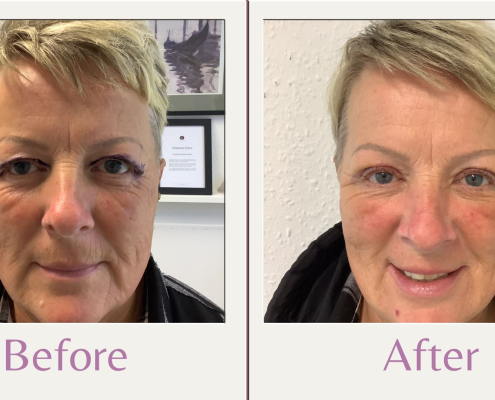
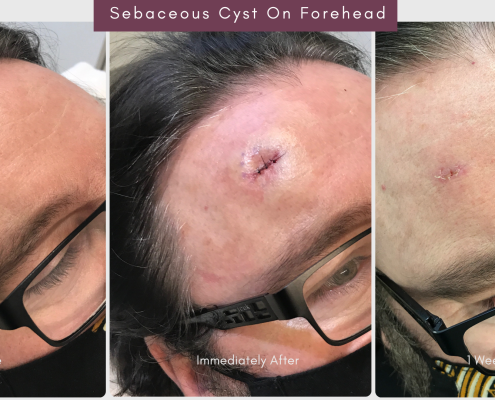
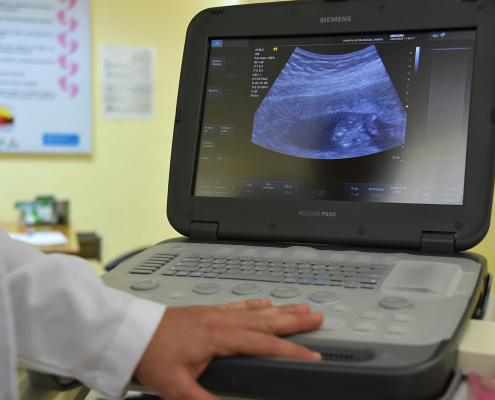
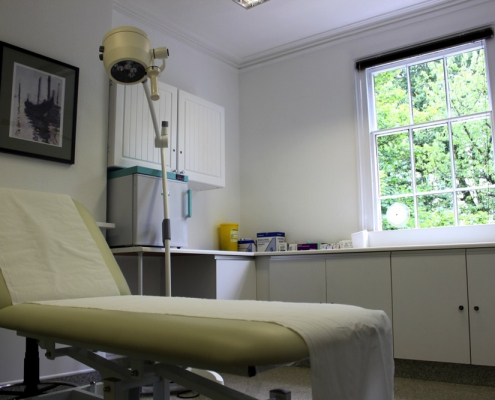
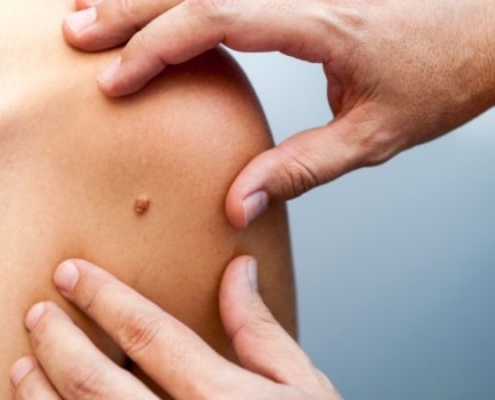
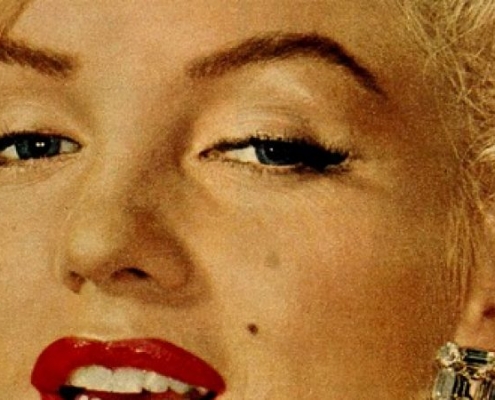
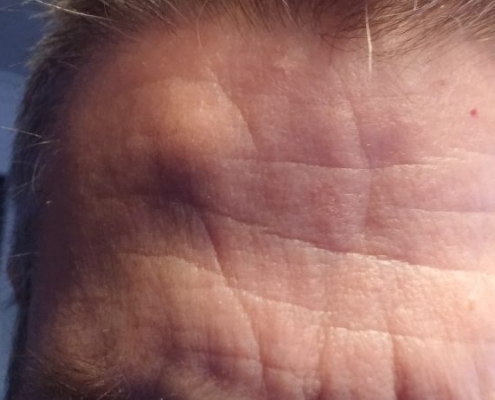
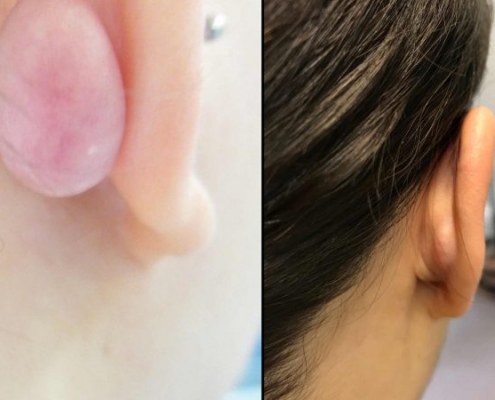
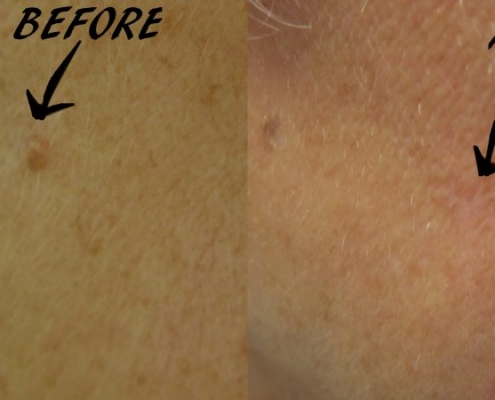

#askjj
Read Jonathan's book now!
Jonathan is on a one man crusade to revolutionise the image of cosmetic surgery and is passionate about spreading his message about cosmetic surgery training.